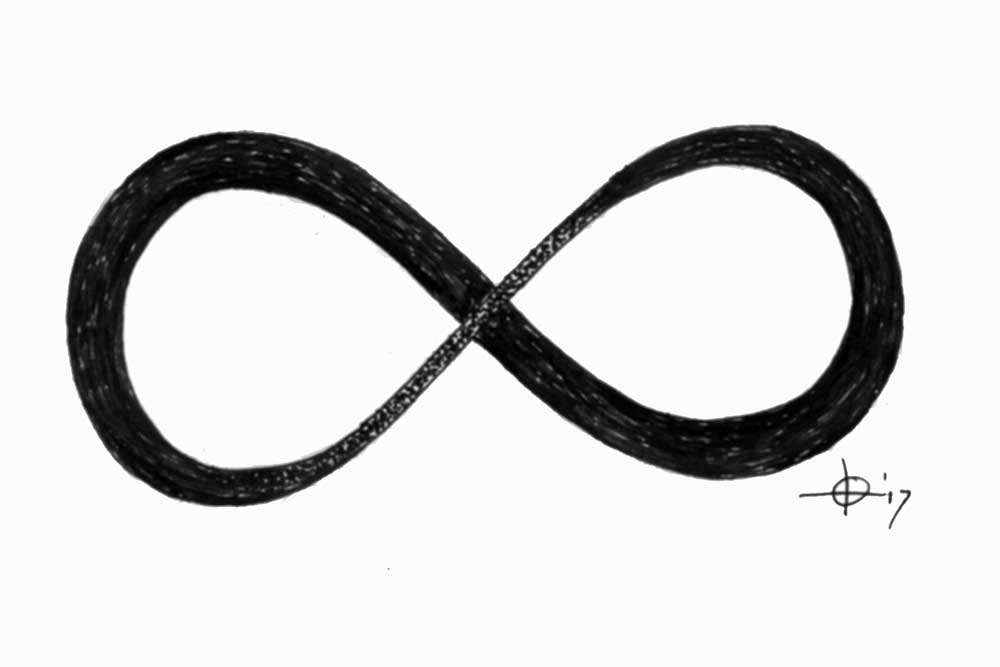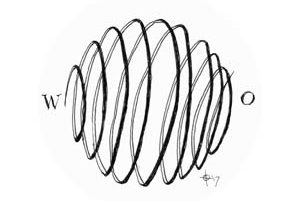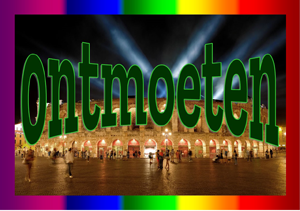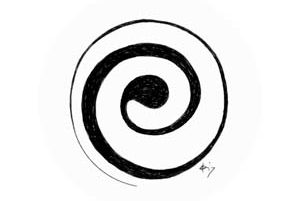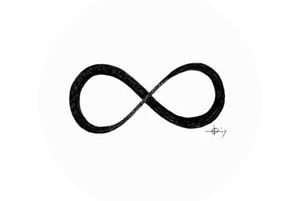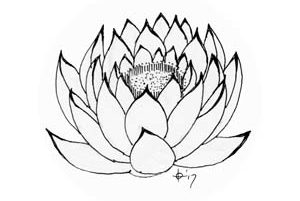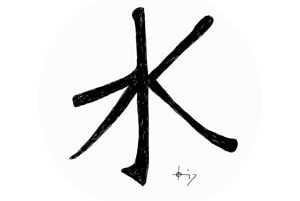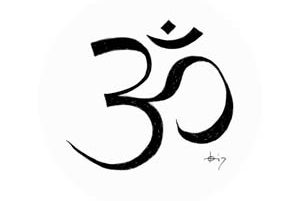Erik Hoogcarspel
At school children learn to count from early on and after this they memorize the tables of multiplication. For most children this is not very difficult. Things become complicated when subtraction and division have to be learned, because from that moment on the children have to deal with two new kinds of numbers.
Subtraction introduces negative numbers and division introduces fractions.
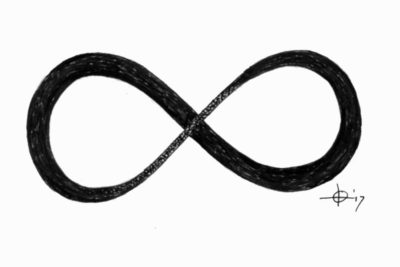
And after that it appears that there is one number which is not positive and not negative, and which does funny things when you divide by it. The 2/0 has no value, because it refers to the number that produces 2 when multiplied by 0. Such a number does not exist. Some people say that the answer is the infinite, but this is strictly not right. The infinite is not a number, it is a concept.
On the other hand 0/2 or zero divided by any number always equals 0, because 0 gulps up so to say every number with which it is multiplied.
Different zeros
The zero is considered to be a special number. Moreover, it is not part of a system of numbers that is older but still occasionally in use today. We still see Roman numbers on clocks, in books and on houses, which indicate respectively the time, chapter numbering, or dates.
It is not very difficult to understand why they are no longer used in arithmetic. Try to write down the multiplication of XVII by XLIII and you’ll see that it’s much easier to write it in modern digits using “17” and “43”. For most of us it is also much easier to recognize the year 1907 than the year MCMVII, even if the latter does not contain a zero.

The zero in the expression “the year 1907” has no meaning in itself, it is a placeholder. The number “1907” means one thousand plus nine hundredths plus seven, so in a number of four digits the first digit refers to the thousands, the second to the hundreds, the third to the decimals and the fourth to the units.
In the number “1907” there are no decimals, so the place is left open and to indicate this the zero is used. In the past some cultures used a blank space or a dot, so in this case “19| |7” or “19.7”. This doesn’t really make any difference.
I used to have a friend at the primary school who had learned to write dots instead of zeros, but this did not have any influence on his calculations, they were never different from mine.
When we talk of the zero we are really talking of two things: the placeholder and the number, besides there is the quantity of zero, nothing. Every child knows the quantity of zero, most young children have great fun when they have the experience of something suddenly being missing. The placeholder is older than the number and it stimulated a huge development of mathematics. It did this however not just by itself.
Already in ancient Egypt a kind of zero was known in bookkeeping as the balance between debit and credit. It was however not used for advanced calculations.
The zero as a number is the threshold between positive and negative numbers and as such it is the consequence of the development of negative numbers. Together with the positive natural numbers that arise from counting they form a new system of numbers. In this system the zero is the neutral element, because zero does not change anything when subtracted or added to any number. The negative numbers were introduced in order to lift the natural limits of subtraction. Without negative numbers there is no answer to the question “what is 2 – 5?” When numbers are allowed to become negative, there is an answer: “-3”. This implies that the set of natural numbers has been expanded to the larger set of integers. The answer to the question “what is 2 – 2?” needs yet another kind of number which is not negative and not positive: the number zero.
As we have seen, things get messy when we go to the next level of arithmetic: multiplication (repeated addition) and division (repeated subtraction). The important lesson we learn from this is that the zero is not a lonesome cowboy, it is part of a system. On the level of multiplication and addition the zero looses its function as a neutral element to the one. It takes as it were revenge by messing up division.
The shroud of science
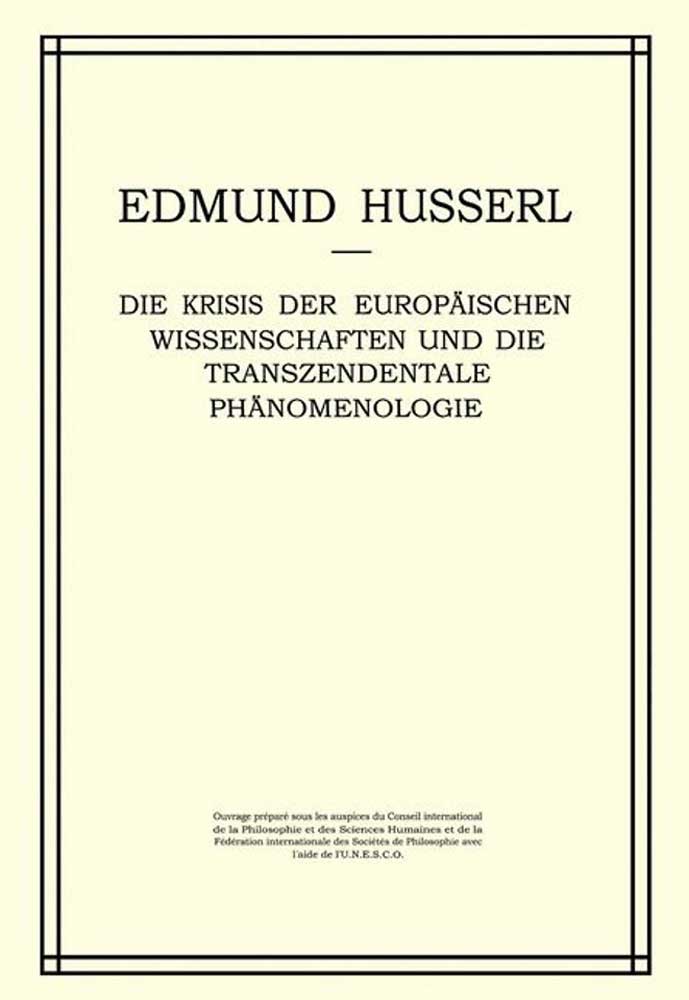 According to the philosopher Edmund Husserl science has thrown a veil of ideas over the world. He wrote this in his lecture and book “Die Krisis der europäische Wissenschaften und die transzendentale Phänomenologie” (“The crisis of the European sciences and transcendental phenomenology”, Husserliana VI).
According to the philosopher Edmund Husserl science has thrown a veil of ideas over the world. He wrote this in his lecture and book “Die Krisis der europäische Wissenschaften und die transzendentale Phänomenologie” (“The crisis of the European sciences and transcendental phenomenology”, Husserliana VI).
The veil of ideas and numbers is hiding the way we experience things, the veil of science hides our day to day experiences by a cover of scientific expressions and formulas. What did he mean?
Let us take an example. If we want to paint a wall, we want to know how much paint we need. In order to do that we have to measure it, let us presume it is 3.2 by 5.6 m. Subsequently, we reduce the wall to a geometrical shape, a rectangle, and calculate the surface of this rectangle by multiplication of the numbers. This is 17.92 m2, so now we know how big a can of paint we need to buy.
We have gained this knowledge by throwing a veil of ideas and numbers over the world. Note that we associated numbers to the wall by measuring it. The numbers we measured are not the real sizes of the wall we actual perceive. We cannot tell the measures of the wall just by looking at it, we need a tool that tells us how many conventional standard size distances, meters or feet, can cover the length and height of the wall.
By doing this, we reduce the shape of the wall to a rectangle. The shape of the wall is not exactly identical to a rectangle, its edges are not smooth and slightly bend, perhaps even slanting. This does not matter, because we do not need to know exactly how much paint we need, we merely need to know whether we need a 10 m2 or a 20 m2 can of paint. After our calculation is finished, we therefore jump back to the practical level of our daily life. From the moment we are painting the wall we forget the veil of ideas and numbers, we experience the surface of the wall, first its roughness and later the beauty of the result of our work.
Simon Stevin
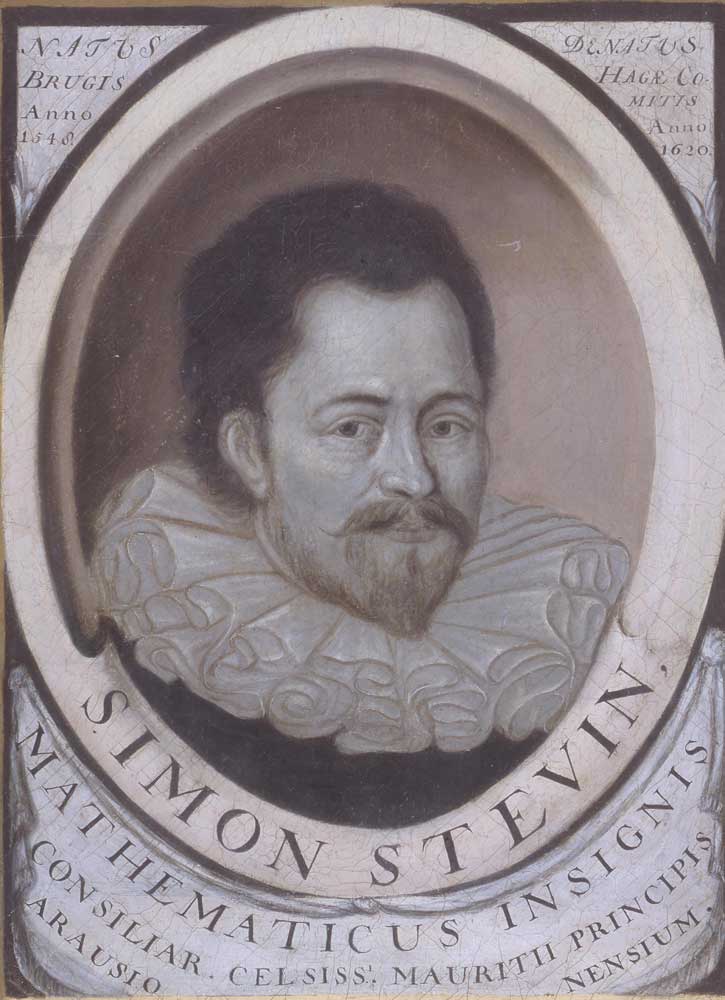
Some historians of science have noticed the fast growth of science and technology that took off from the 16th century onward. Mathematics played a very important part in this growth and with that came the increase of the system of numbers and mathematical laws. The zero was of course also used intensively in the new system. The decisive factor for this development was the understanding that mathematics had become an independent discipline that did not refer to anything outside itself. Simon Stevin (1548-1620) was so much impressed by the zero that he considered it “the true and natural beginning” of all numbers, just as the point in geometry generates the line, so zero is the starting point that gives rise to numbers.
This implies that he no longer considered numbers to be things, they were signs without meaning or reference, produced by and within the arithmetical notation. Zero refers no longer to a quantity, that can be established in the world, it is a number, an element in a mathematical system. The major advantage of this understanding is that mathematics could be applied in any situation. Because the numbers are empty signs, they can refer to anything, from a wall that is to be painted, to the milky way or a bacteria. In applied mathematics the zero and the other numbers can refer to physical situations if we establish the link by measuring or other kinds of observations.
Stevin also was one of the first scientists to conduct experiments. In our example of painting a wall we can imagine that next time we will be using a new kind of measuring tool. If we know how much paint we need, we can test the reliability of the tool. It is important to understand that when we measure the wall, we do not establish how tall our wide the wall is in itself. The numbers are not a quality of the wall, they are conventional concepts by which we merely label the wall. We do this because we have the intention to paint the wall. Therefore, labels or numbers are contaminated by our intentions to change or manipulate our environment. The more we measure, the more we label our environment with invitations to change things. If we measure how much gas is to be found in the ground, we label it with an invitation to get it out. This is the mathematical shroud with which we have covered our world. Only when we get out of the city to enjoy nature, we are without numbers for a while.
The history of the zero
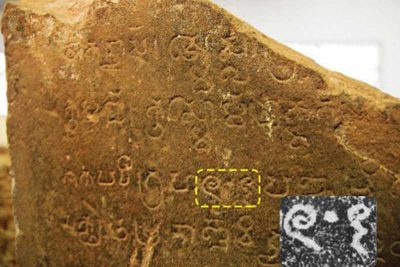
It the zero is such an influential and fertile concept, an interesting question could be how and when it was invented and by whom. In 1881 a manuscript dealing with mathematics was found in the village of Bakhśālī near Peshawar. In the text the zero is used as a placeholder and it is written like a dot. Carbon dating suggested that part of the manuscript dated from CE 224-383, but other parts appeared to be as late as CE 885-993. Paleographic evidence however suggests that the manuscript is from the middle of the seventh century.
If this is true then this is not the oldest appearance of the zero as a dot and placeholder. It would be on a stele coded K-127 that was found in 1891 at the Trapang Prei archaeological site in Kratie province, in northeastern Cambodia. The restored inscription on the stone says:
“… The Śaka era has reached the year 605 on the fifth day of the waning moon …”.
Archaeologists date this phrase to 687 CE, in pre-Angkor Cambodia. After it was discovered the monument was neglected for a while, but it was rediscovered by the mathematician Amir Aczel in 2013. In his quest for the forgotten stele he followed the lead of a travelogue written in 1296 by a Chinese visitor called Zhou Daguan.
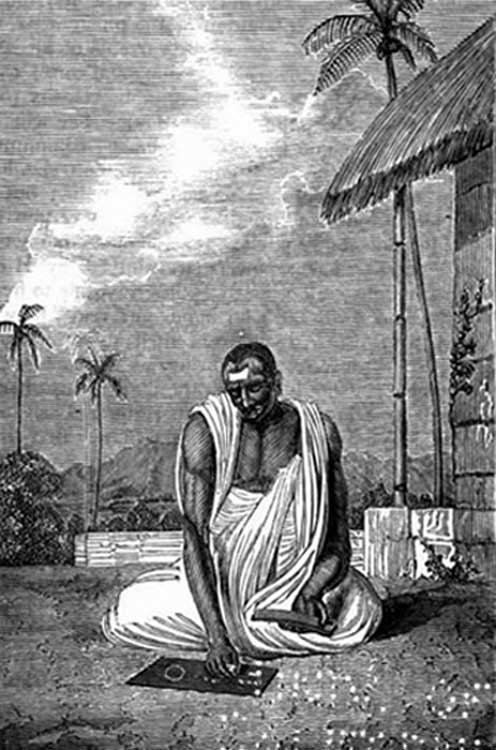
The first time the zero was considered to be a real number was in the seventh century in India. The Indian astronomer Brahmagupta presented in his book Brahmasphutasiddhanta (CE 628, The Explanation of the Brahma System of Astronomy) a set of rules prescribing how to deal with the number zero. On a temple wall in Gwalior (central India) there is even an inscription to be found where the zero was written for the first time like a circle, this inscription is dated CE 876. The zero was called “śūnyam”, empty.
Apparently the zero as a number was invented in India. Leonardo da Pisa (Pisa, ca. 1170-ca. 1250), nicknamed Fibonacci, introduced the zero in Europe, together with the so called “Arabic” (in fact Indian) digits in his book Liber Abaci that was published in 1202. It took some time and a lot of discussion before both were widely accepted and used in Europe.
The Buddhist connection
How did the Indians invent the zero as a number? Some historians saw an indication in the Indian name of the zero, it was among others called “śūnyam”. In Buddhist texts emptiness, śūnyatā, is an important concept. It is the main theme in a family of texts called Prajñāpāramitā (highest wisdom) and in the philosophical texts of the Madhyamaka-school.
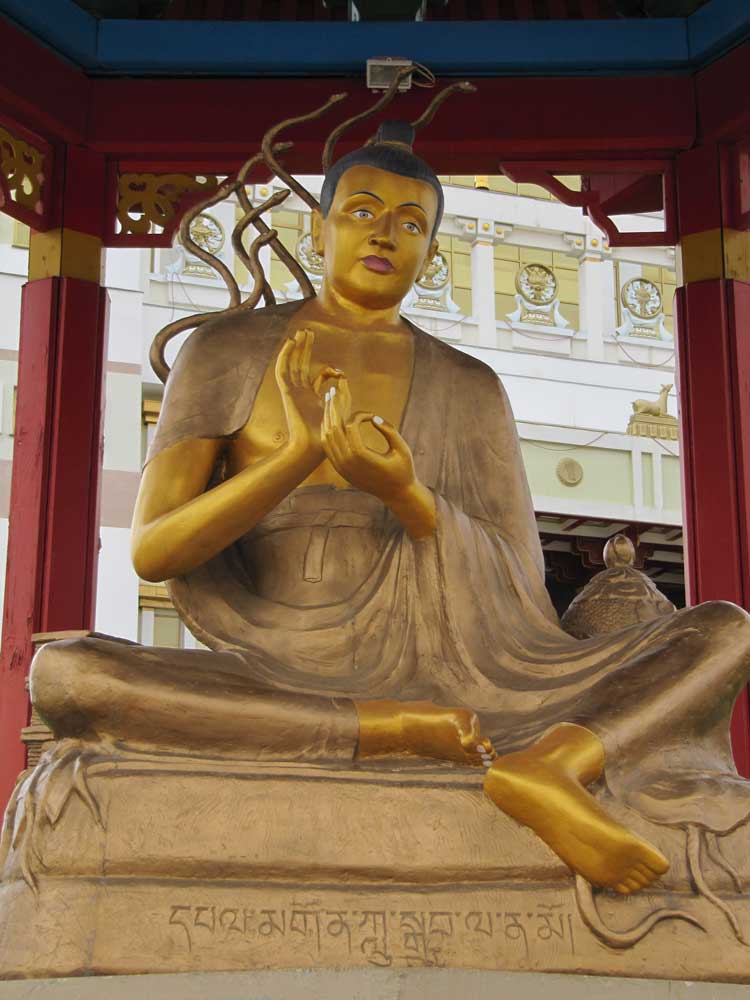
There is no doubt that in the first group of texts śūnyatā refers to a meditation experience, so we have to look at the second. The main text in this group is the Mūlamadhyamakakārikāḥ (Root verses of the philosophy of the in between) written some time in the second half of the second century by a philosopher by the name of Nāgārjuna. Looking at this text there are two points to notice: Nāgārjuna refers several times to meditation experiences and when he says that the real condition of all things is śūnyatā, he adds that this is merely an expression of speech. So śūnyatā is anything but a mathematical expression, let alone a quantity or a placeholder. Moreover Western logicians used all the exotic kinds of logic to prove that the “in between” had something to do with the zero. The “in between” was already used by the Buddha and is also found in ancient Greek philosophy, where it is called the “tetralemma” (four claims).
An example is, it is not true that:
- “the Buddha exists after death”,
- “the Buddha does not exist after death”,
- “the Buddha both exists and does not exist after death”,
- “the Buddha does not exist after death nor does he not exist after death”.
A more simple example is, it is not true that:
- “the national anthem has a handbrake”
- “the national anthem has no handbrake”
- “the national anthem has both a handbrake no handbrake”
- “the national anthem has not a handbrake nor no handbrake”
The truth is the “in between”, the understanding that the predicate is not applicable in any way to the subject and in Buddhism that the subject even does not exist at all.
The historians in their eagerness to find an origin of the zero as a number, associated Nāgārjuna’s śūnyatā with the zero, claiming that the emptiness as we know it is an invention of Indian Buddhism. This is clearly absurd, because the concept of emptiness arises naturally in every human mind from the experience that something that is expected to be found is not there. Even some animals show signs of disappointment when something they are used to is not happening. On top of that, the zero as a number is not a quantity nor a quality as we have seen, it has no ontology.
This mistake is the consequence of taking the mathematical shroud of numbers and models to be the real world we experience every day. We have seen in our example how this happens, it is implied that what is, is conceived as that which is to do. Someone who wants to paint a wall labels it with numbers and from that moment on the wall has become a project. Moreover it has replaced the experience with a model of the experience, the landscape has become a map. Later on science has replaced the actual with the possible that is why meteorological models can predict the weather. It has even replaced the actual with the impossible, like when science presents a photograph of a landscape of Mars or a model of our own brain. These photographs will never become a true experience, they are purely imaginative. Science has become successful to such extend that it has labeled almost every single thing or event in our lives with numbers, in this way it has turned our lives into a compilation of projects. Of course science has made our lives more healthy and comfortable, it made things possible our ancestors never could even imagine, but it has its drawbacks as well. On the other hand, to understand Nāgārjuna’s śūnyatā means wisdom and therefore liberation from this very compilation of projects. Those historians who mistook the zero for śūnyatā simply do not see the trick science plays with us.
Astronomy
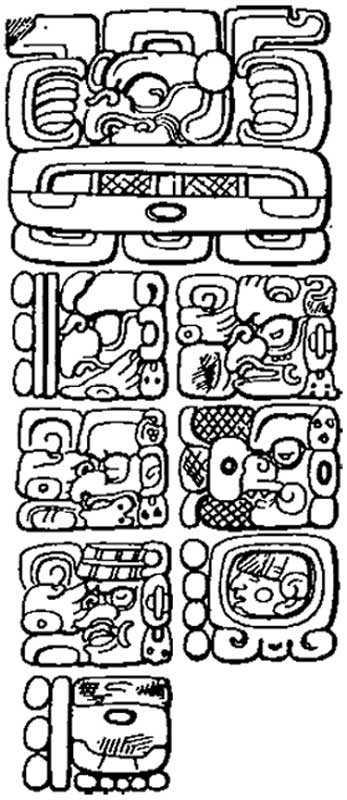
We still do not know why the zero originated in India, but there is a possible answer to this. Far away from India, in South-America, another culture invented the zero as well. From the beginning of the Christian era onward the zero was used in complicated calculations which were necessary to construe the three calendars that were in use.
There was a calendar for practical use, one for the sequence of long periods of time and a sacred one. The latter was very important, because the priests were convinced that if the Sun god did not receive his ritual offerings in time, the world would come to an end. The calendars were also linked to the astronomy.
In India astronomy and astrology were very important too. Already in Vedic times in 2000 BCE, the gods had to be controlled by huge and complicated offering rituals, which had to take place in the right time and on the right place, using altars that had to have exactly the right size and shape. This stimulated the development of mathematics enormously. It is no coincidence that the text by Brahmagupta where for the first time a description of the handling of the zero as a number is to be found, is an astronomical text. The zero is especially required for the handling of large numbers, as is the case in astronomy. In bookkeeping one could do without the zero as a number.
Today the numbers are even more remote from our experience than ever. Most of us can understand how much is in our bank account. Some people however cannot. If you are a billionaire or even a millionaire, you really do not know how much money you really have. It is just a number. Nobody can imagine a million. We cannot imagine how much data are stored in our cellphones or how many calculations it does per second. Just numbers with a lot of zeros. This is not emptiness, just chaos.
Motes
[1] Source: Cambodia museum to exhibit the worlds oldest zero, (January 2021)
[2] Source: Simon Stevin
[3] Source: The world’s oldest zero symbol, a dot in a set of script from the sandstone
[4] Source: Hindu astronomer Brahmagupta (19th-century illustration)
[5] Source: Nāgārjuna
[6] Source: Maya calendar, East side of stela C, Quirigua with the mythical creation date of 13 baktuns, 0 katuns, 0 tuns, 0 uinals, 0 kins, 4 Ahau, 8 Cumku — August 11, 3114 BCE in the proleptic Gregorian calendar

